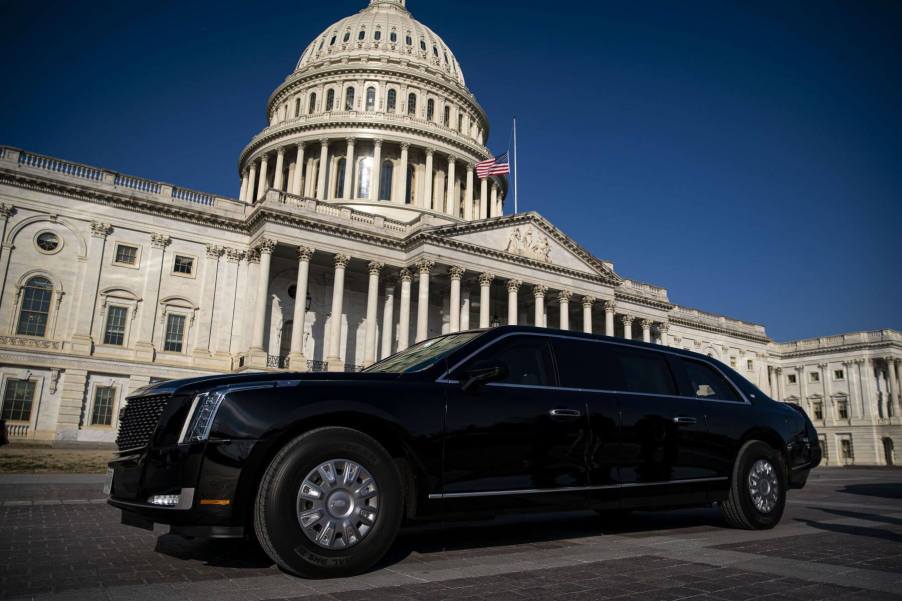
Why Is a Limousine Called a Limousine?
When you think of upscale and luxurious vehicles, the limousine immediately comes to mind. Nothing says “posh experience” or “extravagant entrance” quite like traveling and arriving in a limo. From wedding parties to corporate travel, the limousine plays an important role in how we get from point A to point B.
So, where did the limousine come from, and more curiously, where did the term limousine originate? Keep reading for a bit of history and some origin story behind the iconic luxury ride.
The history of the limousine
The limousine isn’t all that old. However, the concept of chauffeured traveling vehicles dates back to the 1700s. Historically, limousines were the preferred method of transport for goods, not people. As Big Cars points out, the earliest limos were used for delivering freight since the partially enclosed nature of the long vehicle would protect goods from the elements during transportation.
The limo wasn’t officially considered the luxury human transportation vehicle it is today until much later. Woodrow Wilson rode in a chauffeured car, and it instantly signified the limo as the preferred method of travel for important dignitaries and people. So, what about the term limousine?
How the limousine got its name

According to White Rose Limo and Coach Built, the name limousine comes from a French town called Limoges. The region was also called Limousin. Local residents were known for wearing very distinctive hoods and cloaks to protect them from the elements. When automakers created the limousine, intended to carry wealthy VIPs in luxury, only the passenger compartments were fully enclosed. Many remarked that the enclosures looked an awful lot like the Limousin cloak.
Other vehicle names also resonate with early transportation methods. For example, Bhalogari says the coupe got its name from the “short” versions of the horse-drawn carriage that only offered two seats. Today’s coupes, as Autoblog shares, refer to two-door cars with a fixed roof and a three-box design.
Alternatively, the traditional sedan features four seats. Carmax says it’s also known for its longer wheelbase. Cadillac was responsible for producing the first fully-enclosed sedan back in 1906.
The stretch limo is an American innovation
The stretch limousine is predominantly the most common look for many limo designs you see today. However, it’s actually an American innovation. Big Limos shared that the first stretch limousine hails from Arkansas, and was created in 1928 by a company called The Armbruster. Back then, people called them “big band buses,” mainly because they were ideal for transporting bands and orchestras to various shows.
It was in the 1930s when the limousine concept really began making an impact on how people traveled. Limos became the preferred transportation method for hotels escorting guests to and from train stations and airports. They were also ideal vessels for sightseeing tours. Popularity continued to grow as Hollywood began adopting limos for carrying film crews and performers. You were considered a “big deal” if you were cruising around in one of these behemoth yet luxurious cars.
So, the next time you climb into a full-stretch limousine or even one of the latest limo buses, you can relate a little history to how it came about in the first place. The limo may be rooted in a quaint region of France. However, today’s limousine industry includes more than 160,000 driving service companies. Considering how luxurious and convenient these services are, it’s an industry that is expected to see continued growth well into the decades to come.



